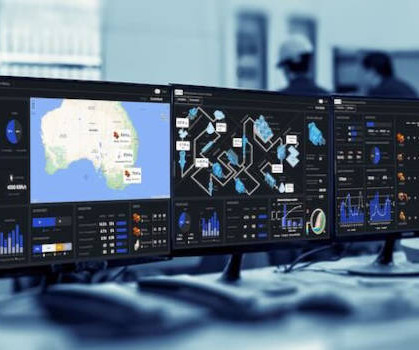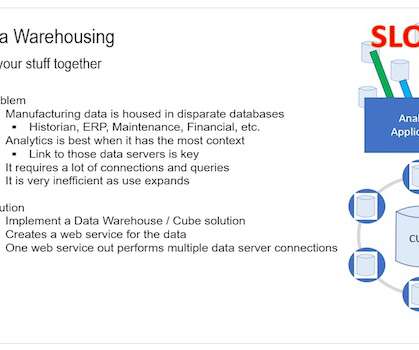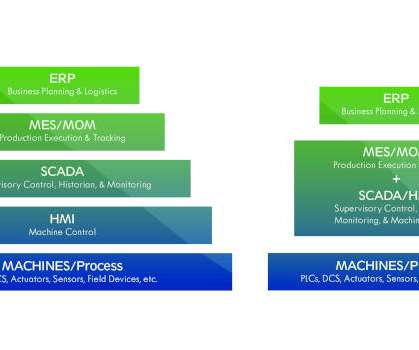Reducing scrap and risk at plastic facility
Control Engineering
DECEMBER 1, 2022
A plastic manufacturer wanted to overhaul their legacy control system to reduce inefficiencies and waste. The system integrator chosen for the project improved process control and information flow to provide real-time data through the enterprise resource planning (ERP) system. MORE ANSWERS.



















Let's personalize your content